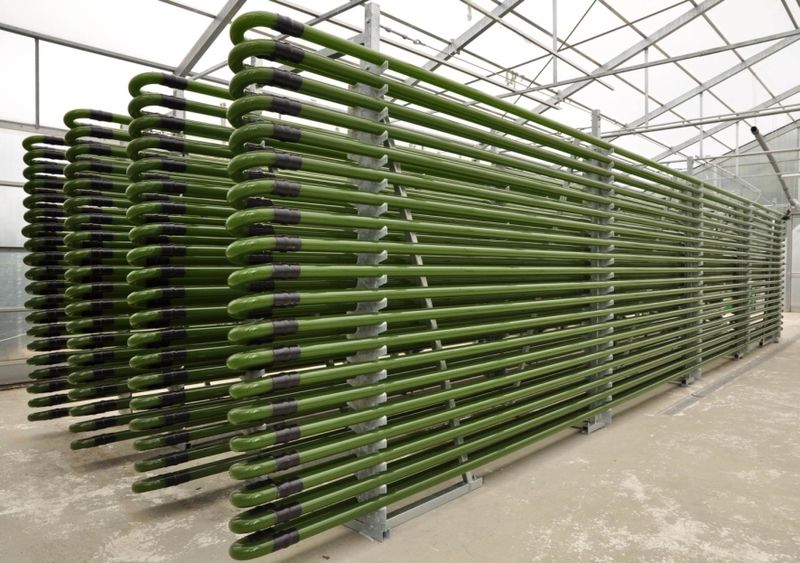
Algae: The King of the Feedstocks
Of all the feedstocks Algae stands head and shoulders above the competition as a lipid production medium. Its rapid growth rate, ability to become part of a process through the use of bio reactors and huge appetite for Co2 make it ideal for our purposes.
Even as prolific as Algae is, grown on its own simply as a feedstock for the production of biodiesel is not economically viable. After all the inputs of the process are measured the cost of the resultant fuel is simply to high to be profitable.
At IGES we take a different approach. Algae is used as a Co2 capture device at gasification plants. The Co2 captured from the gasification process along with nutrients is fed to algae at optimum levels. A fraction of algae is strained out daily, dried to 20% moisture using the waste heat from the gasifier and simply fed back into the gasification process. The high lipid content 50% or more makes Algae a valuable buffer to MSW or other low calorific value feedstocks. Allowing us to maintain optimum efficiency.